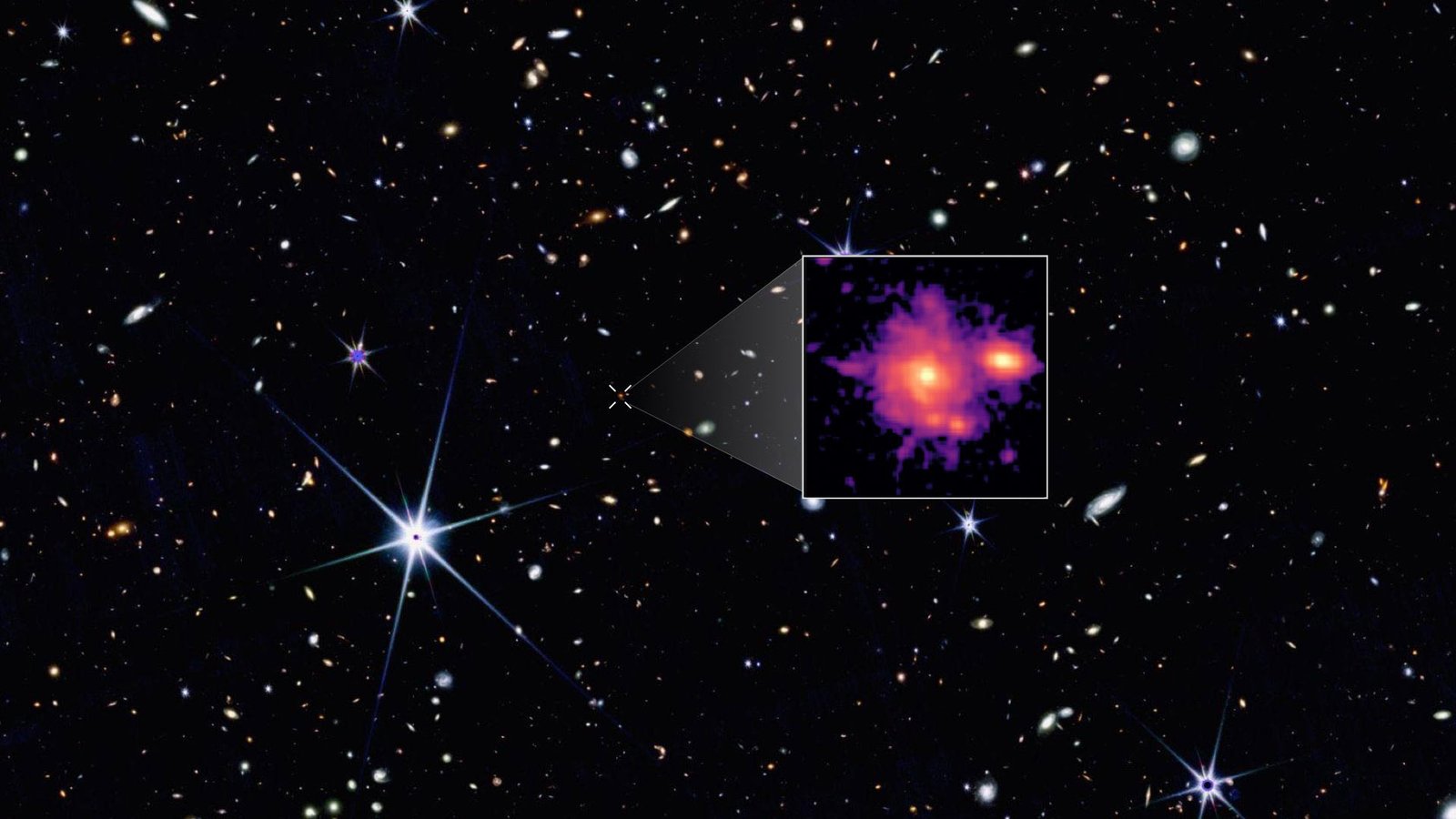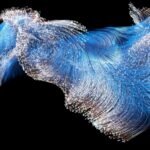Astronomers have discovered a galaxy that appears to be the Milky Way’s older twin sister according to NASA’s James Webb Space Telescope (JWST). The newly found galaxy Zhúlóng is the most distant Milky Way “twin” yet observed, with two distinct spiral arms, a center bulge of elderly stars, and a bright disc of stellar newborns. Our best cosmological models, which maintain that massive galaxies like this one should have formed during a challenging series of smaller galaxy mergers several billion years ago, are called into question by this discovery.
The star-forming disc of the galaxy spans more than 60,000 light-years and is made up of about 100 billion solar masses, making it larger than the Milky Way. Zhúlóng, discovered in 2023, is by far the biggest Milky Way resemblance discovered during the early era of
JWST Discovers Ancient Milky Way Twin Galaxy Zhúlóng from the Early Universe
A study that was published in the journal Astronomy & Astrophysics claims that the Milky Way’s erstwhile sibling can be seen in the twirling limbs that are returning to us. The recently discovered galaxy Zhúlóng created one billion years after the Big Bang, which is around one-fourth of the age of the current universe. Our best cosmology theories, which state that giant galaxies like these are created by the long process of smaller galaxy mergers over many billions of years, are put to the test by this discovery.
Zhúlóng is the largest early look-alike of the Milky Way by far, having grown more than a billion years before Cers-2112, and a spiral galaxy of similar mass and structure.JWST spotted it in 2023 at around 11.7 billion light-years from Earth. No family tree studies were necessary; this long-lost relative was revealed by PANORAMIC, a wide-field look at billions of distant objects, entirely by accident.
The new finding adds fuel to an active cosmic fire started by JWST a few years ago that regularly reveals objects in the early universe looking too enormous and too quickly to fit in with our current best theories. The finding shows how JWST is essentially changing the way we see the early universe, and the researchers are urging follow-up work with JWST and the ground-based Atacama Large Millimetre/submillimetre Array in Chile’s desert to better understand our galaxy’s long-lost twin.











